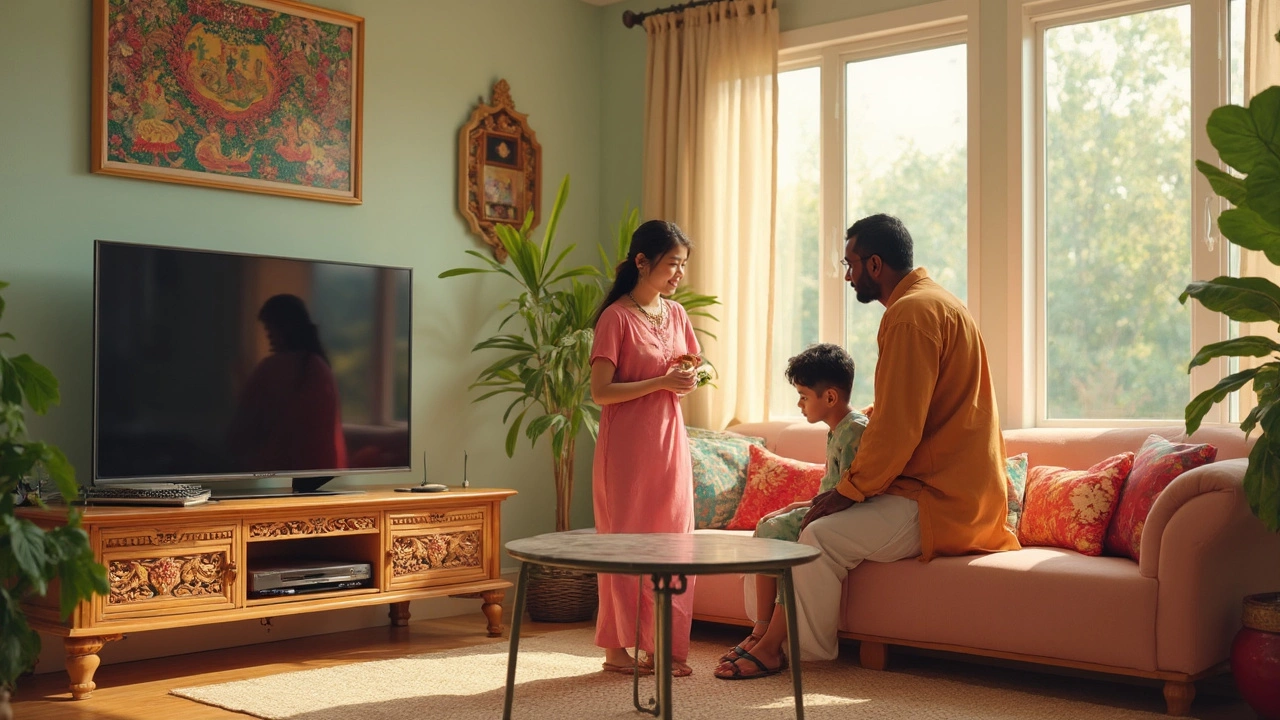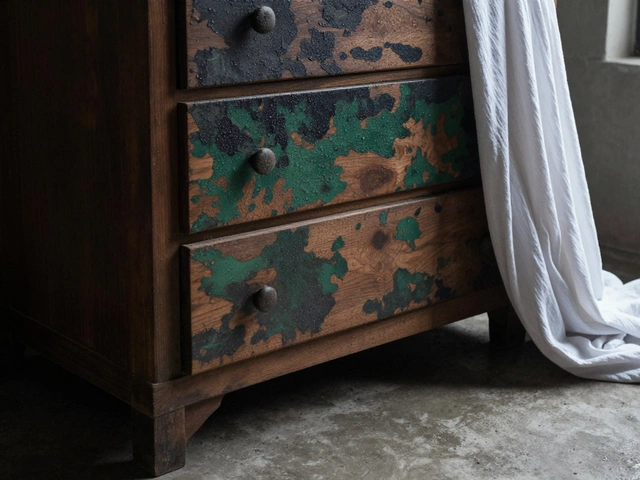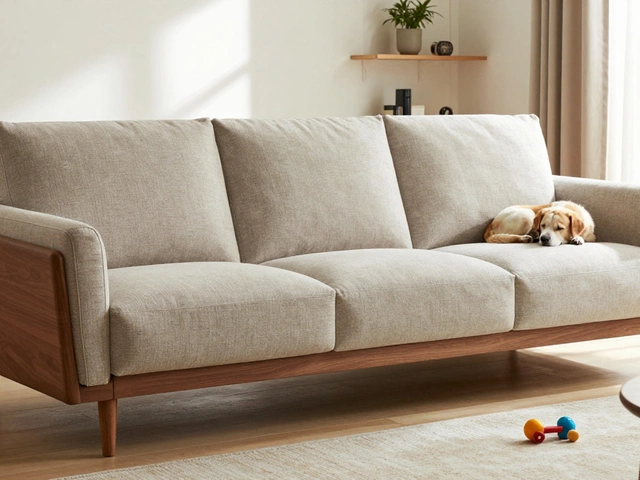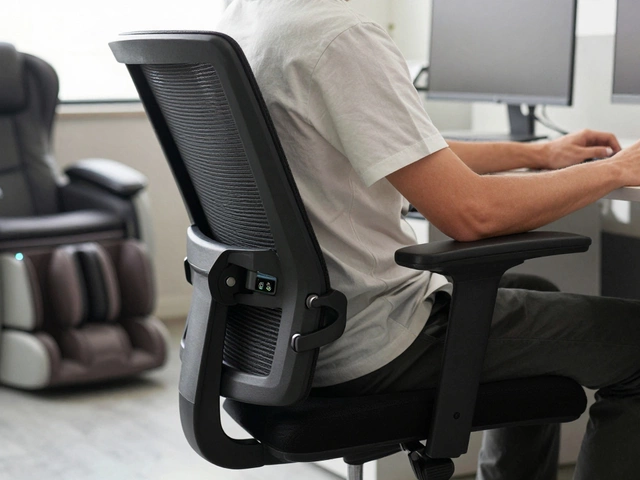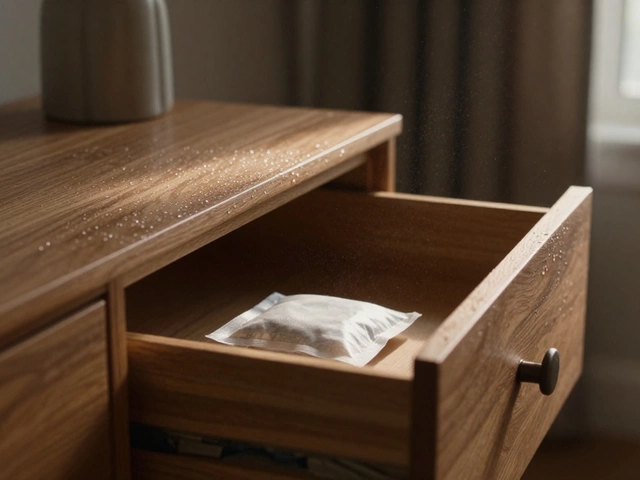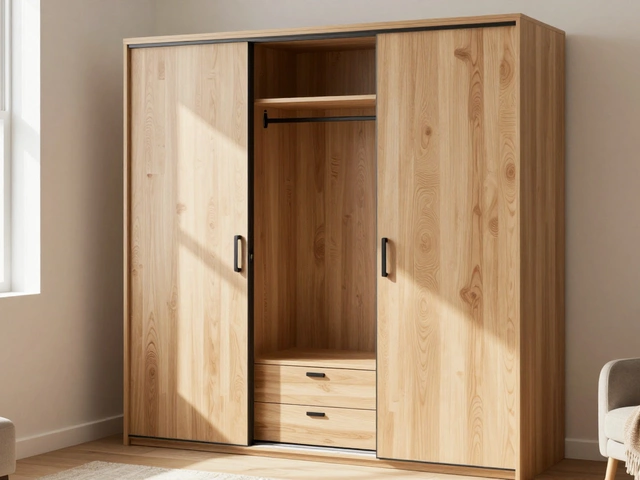Home Style: Easy Tips to Upgrade Your Space
Want to make your house feel more like a home without a massive overhaul? You don’t need a designer’s budget—just a few smart choices that instantly lift the look and function of a room.
Below you’ll find simple, actionable advice that covers everything from picking a couch that won’t sag to arranging a rug under a coffee table. Grab a notebook and start planning your next upgrade.
Choosing the Right Sofa and Seating
The sofa is the centerpiece of most living rooms, so it deserves careful attention. First, check the frame material. Hardwood frames and reinforced joints are the best guards against sagging. Look for terms like "mortise‑and‑tenon" or "spline" in product descriptions—these indicate strong construction.
Next, consider the cushion fill. High‑density foam topped with a thin layer of down or latex gives a firm feel that holds shape over years. If you have kids or pets, a removable, washable cover saves you from endless cleaning sessions.
Corner sofas get a bad rap, but modern designs are lighter and more modular. If your space is open‑plan, an L‑shaped section can define a sitting area without blocking traffic flow. Just measure the doorway and any tight corners—most aisle widths are about 30‑32 inches, so you’ll need at least that clearance.
Daybed couches are a clever hybrid for small homes. They double as a lounge during the day and a guest bed at night. Choose a model with a sturdy slatted base; flimsy frames will creak under weight.
Smart Storage & Layout Hacks
Clutter kills style fast. When you need to store a couch in a unit, first measure the couch’s length, width, and height. A standard 3‑seat sofa is roughly 80‑90 inches wide, so a 10x10 storage unit can fit it if you lay it flat and remove the legs.
For coffee tables, thickness matters. A 1‑inch solid wood top offers durability without feeling bulky. Pair a round coffee table with a rectangular sofa to break up the boxy look, and keep a 2‑inch clearance around the base for easy foot movement.
Rugs under coffee tables add warmth, but size matters. The rug should extend at least 12‑18 inches beyond the table on all sides. This creates a balanced visual frame and prevents the rug from looking like an afterthought.
When choosing a TV stand, think color and height. A neutral tone like matte black or soft gray blends with most décor, while the stand’s height should align with eye level when you’re seated—usually around 24‑30 inches for a 55‑inch screen.
Finally, protect outdoor furniture from rain. A simple waterproof cover or a DIY tarp setup can extend the life of garden chairs and tables by months. Store cushions in a dry area and apply a UV‑protectant spray if the furniture sits in direct sunlight.
These quick tweaks—strong sofa frames, smart table dimensions, proper rug sizing, and clever storage—add up to a polished home style that feels intentional, not forced. Start with one area, see the impact, then move on to the next. Your space will thank you.
Does Your TV Stand Have to Match Your Coffee Table? Practical Style Advice
Ever wondered if your TV stand and coffee table really need to match? This article dives into the pros and cons of coordinating your living room furniture, and shares easy tips to help you decide what works best for your space and style. It covers everything from mixing materials and colors to common decorating mistakes. Whether you’re into classic looks or want to experiment with contrasting pieces, you’ll get straightforward ideas to make your living room feel put together—without the guesswork.
